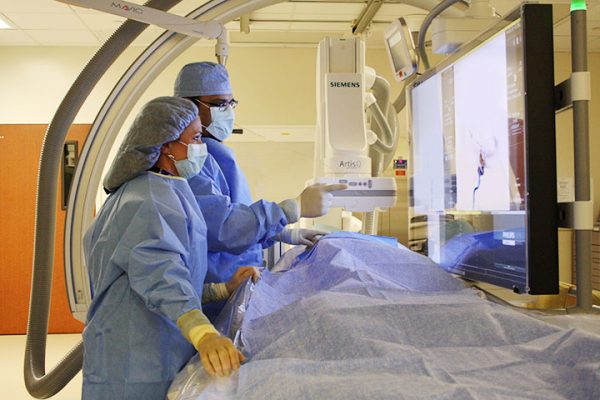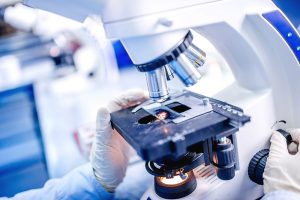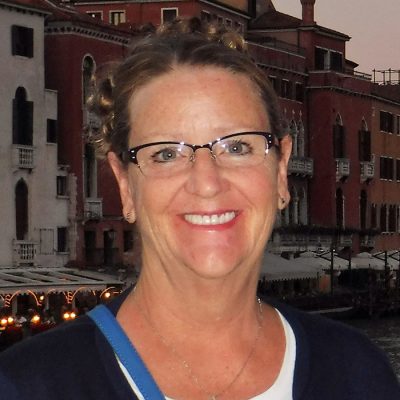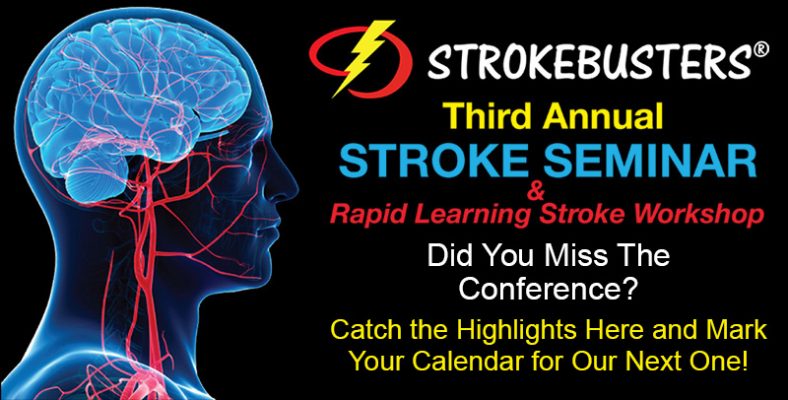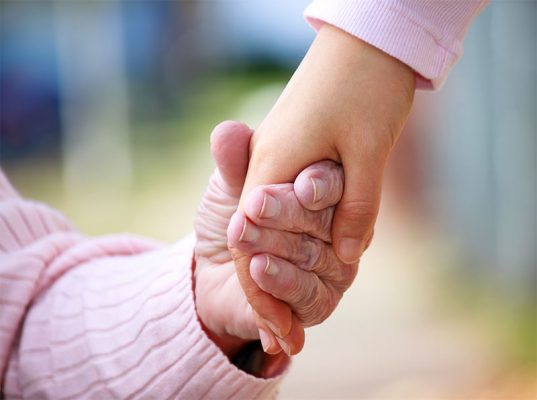Survivor Story #1 – Louise and a Miracle of Modern Technology
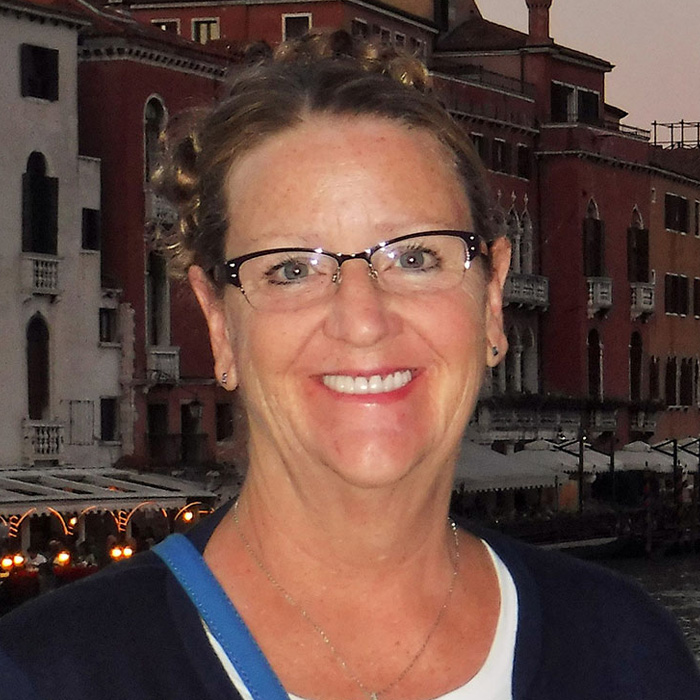
The day began for Louise like any other. It was Sunday, November 20, 2011. Louise was working hard, living a busy life, commuting often,and dealing with some extra stress.
That afternoon, Louise felt tired and decided to take a nap. She was not in pain, but recalls that she felt like passing out, and indeed she did. It was the last thing she remembered for awhile.
Louise suffered a subarachnoid hemorrhage due to a ruptured cerebral aneurysm. She was taken to nearby Osceola Regional Medical Center outside of Kissimmee, FL.
The doctors there assessed that she should be immediately transferred to a hospital that had access to the latest stroke technology. She also needed the best stroke doctors available. Louise remained in a state of unconsciousness and her life was touch-and-go.
She was airlifted to Northside Hospital, which runs the first AHCA designated Comprehensive Stroke Center in St. Petersburg. It is an Advanced Primary Stroke Center and runs an Interventional Neuroradiology program for minimally invasive treatment of stroke, cerebral aneurysms, and carotid artery occlusions. Louise landed in the right place at the right time.
Right Place, Right Time, Right Doctors
Early the next morning, Louise was visited by several of the best stroke doctors in Florida. One of them was Nasser Razack, M.D. – an Interventional Neuroradiologist. These are board-certified physicians who specialize in minimally invasive, targeted treatments. They offer the most in-depth knowledge of the least invasive treatments available, coupled with diagnostic and clinical experience across all specialties. They use X-rays, CT Scans, MRIs, and other imaging technology to advance a catheter through an artery to treat the problem at the source with minimal invasion of the body or brain.
After examining Louise, the medical team decided to operate. The approach was to implant a specialized stent called a Pipeline Embolization Device. This redirected the blood flow leaking from the ruptured aneurysm. Louise was the first patient of Dr. Razack’s to receive this highly specialized device, and she is here today to say that the outcome of the procedure was nothing less than miraculous.
“I was lucky,” said Louise. “The right people came into my life at exactly the right time.”
For days after the delicate procedure, Dr. Razack visited Louise in her hospital room to check on her progress. Today, more than four years later, Louise is still a patient of Dr. Razack’s and said she is well taken care of by the doctor and his staff, especially his nurse, Joan Tunstall.
“Joan and Dr. Razack have been with me all the way,” said Louise.
Dr. Razack reflected on the case of Louise Timms.
“Louise is a miracle,” said Dr. Razack. “She is a fighter and has progressed far beyond where we could have hoped she would be at this stage. It is a miracle, really.”
In Louise’s case, genetics seem to have played a large part in the development of her aneurysm. She has many family members who had aneurysms, including her mother, grandmother, sister, brother, daughter, and several aunts.
She still struggles with residual brain damage caused by the blood that seeped out when the aneurysm initially burst. But Louise is happy to be alive.
“I am very fortunate,” said Louise. “My husband takes great care of me, and I get along pretty well these days. If the proper care by Dr. Razack and the stroke team was not administered at the right time, I would not be here today. It’s that simple.”

